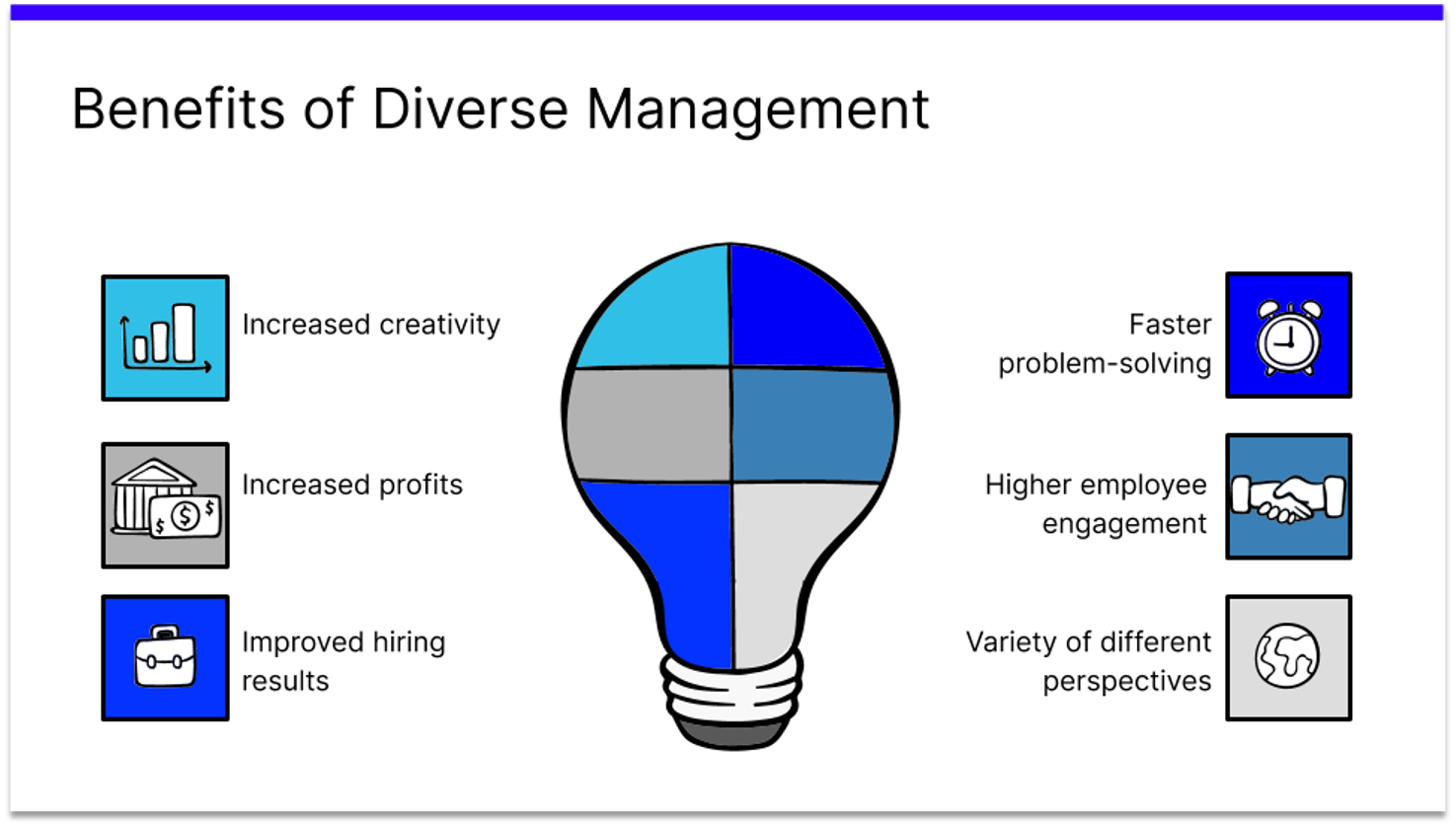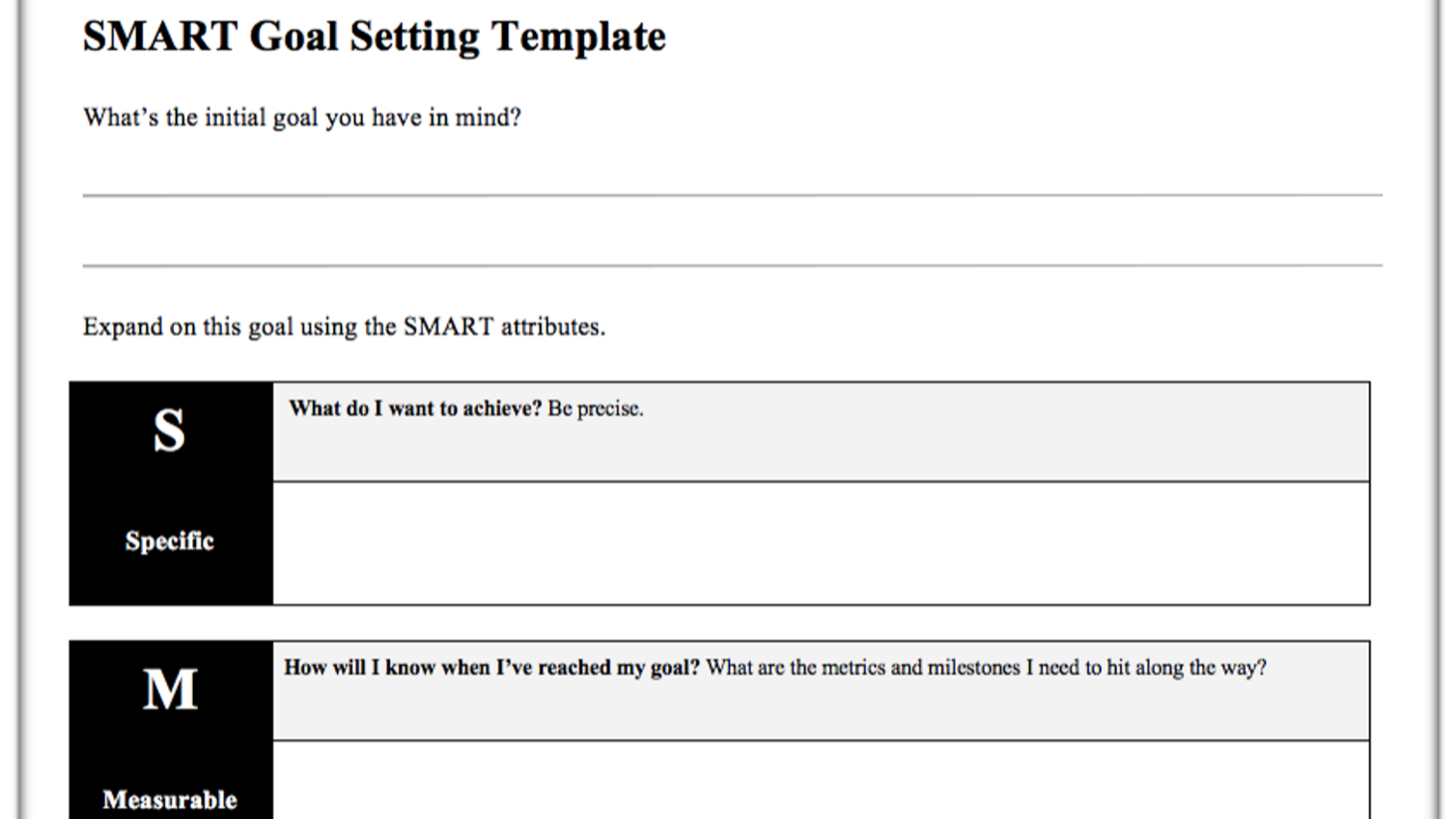An OKR is a popular goal management framework that helps companies implement and execute strategy. It helps create alignment and engagement around measurable goals. Introduced and popularized in the 1970s by Andy Grove at Intel, it has since spread throughout companies as a way to help employees understand and be engaged with a company’s strategic initiatives.
Objectives and Key Results include a number of steps that help employees prioritize, align, measure progress and the outcome of their efforts. OKRs help companies bridge the gap between strategy and execution and move from an output to an outcome-based approach to work.
In this article, we will review how you can smoothly roll-out the OKR framework in your company.
The Main Benefits of OKRs
When establishing a clear route to attaining long-term company objectives, set up an OKRs process that cascades from the biggest to the smallest scale. Through this, we can facilitate more clarity across your organization. Creating a structure that allows all team members to recognize how their efforts will contribute to achieving goals at company levels will lead to better employee engagement and more motivated employees.
In order to better understand the effectiveness of using the OKR methodology, we will break it down and discuss its three main benefits. Each of these aspects will illustrate the significance of incorporating OKRs into your performance management process. Additionally, they will each portray how incorporating forward-thinking approaches in HR to goal setting can ensure the most inclusive and collaborative team structures.
Agility
Our analysis of OKRs begins by looking at the importance of an agile approach to goal setting. Agile HR has quickly become a key player in determining how organizations coordinate their teams and team members. An agile approach comprises a dense structure of empowered teams that looks to maintain high standards of alignment, accountability, transparency and collaboration.
Incorporating an agile approach into your organization’s goal-setting will enable more employees to recognize and understand their responsibilities. Setting good OKRs can become a swift and efficient process. As opposed to waiting for weeks or months for feedback on previous performance and goal fulfillment, keeping internal reports on daily activities and requirements will provide comprehensive people analytics. Through implementing a better-informed approach, the OKR process can keep up with the sudden changes in the market.
Agility is an ability to adapt and pertain to flexible solutions. Since processes can regularly change, there is no absolute best practice. Consequently, by promoting regular reporting and feedback – OKRs can be informed to ensure that people are working towards relevant and ambitious goals. Teams and individuals are better aligned and as such, will be better engaged.
Additionally, with this more fast-paced and retrospective approach to performance, employees are encouraged to be more experimental. OKRs can provide the guidelines for performance, whilst also promoting the great potential for learning and understanding from these results.

Transparency
Moving on to transparency and the importance of establishing clear and effective means of communication. Greater transparency leads to greater success. By keeping all team members on the same page, organizations can promote better-informed communication and more regular collaboration.
Through creating openness between employees and managers, there is a greater propensity towards more trusting relationships. With OKRs, this is seen through demonstrating recognition for the importance of each individual’s quarterly objectives. It is the responsibility of leaders to demonstrate their consideration for others, leading by example and communicating in an open manner that they fully support this process.
After all, the OKRs process is unsustainable without some indication of the wider objectives of an organization. More effective communication is vital to the efficacy of setting OKRs and KPIsand resultantly, the success of any team. Promoting the expectations for communication will clarify how you intend for team members to collaborate in attaining their KPIs and key results.
Moreover, providing employees with a regular channel for communication will make them feel more valued and therefore, encouraging a returned feeling of trust. For lack of a better phrase, honesty is the best policy.
Employee Engagement
It is a well-known fact that engaged employees are significantly harder working and more involved with their work than disengaged employees. Higher levels of employee engagement lead to an increase in productivity, the quality of work and the retention of top talent.
OKRs and engagement intertwine to inspire great employees. Through presenting goals in a clear and meaningful manner, the use of OKRs enables employees to better understand their purpose and recognize their contributions to the organization. With greater clarity as to the direction and intentions for your team members, this will inspire more motivated and engaged employees.
Through the OKRs process, it becomes far easier to measure and inform performance reviews. With a system to track progress on the completion of defined goals, these time-bound measures will highlight an individual’s performance. By ticking off key results, OKRs can be used to observe levels of employee engagement. Aligning performance with engagement is beneficial to inform future OKRs and setting goals that are attainable whilst also ambitious.
85% of HR executives consider employee experience and engagement as a valuable metric, but only 24% are prioritizing the quality of experience in the next couple of years. Evidently, this juxtaposition between the intentions and desires of HR executives is unsustainable. Setting some key results to boost employee engagement can go a long way.
A top-down commitment to engagement as a culture will encourage a tremendous communal belief in the OKR system. When all team members approach their goals with a similar mindset, this promotes unity and a shared commitment. The purpose of employing OKRs is to better align your workforce.
This goes beyond performance objectives and encapsulates the essence of stimulating employee engagement. In this way, the OKRs process has the power to illustrate opportunities for collaboration and can highlight further routes to becoming an evermore productive organization.

How to make OKRs work at your company
Now that we’ve covered the main benefits of OKRs, we can go on to explain how to implement the performance management process with your organization. Important in any phase of change management, your approach to how you roll out a change in goal-setting methodology must be well planned. You must look to demonstrate the effectiveness and reasoning for the change in order to promote cooperation.
By following the steps we have listed here, you can develop a better appreciation for how to instigate the start of your OKRs process. It’s not rocket science, all that is required is a clear plan that can facilitate easier implementation for your workforce.
OKR your OKRs
The first step in your OKR implementation plan should be setting an OKR for the plan itself. The process has to begin somewhere, so make the first step part of the process. Set out your objective for implementing the new approach and what your key results will be.

By following this approach from the beginning of your journey, it will become clear to all how the process should be executed. After all, this process is a matter of setting goals or objectives that are defined with the intention of reaching a particular end.
This first OKR will become a great reference point for your employees as they begin to learn how to implement their individual OKRs process. Leading by example will also encourage a stronger appreciation for the effectiveness of changing to this approach. Until your whole team are on board, your OKR process will not be able to fully take off.
Go Company-wide
With your plan all put together, you can start to initiate the process of explaining OKRs to your team members. Provide everyone with a clear and informative explanation for why you are using OKRs, along with their importance and purpose. This way you have the best chance of reassuring the whole team that you are making a positive change.
Provide plenty of opportunities for employees to ask questions. Encourage them to develop their own understanding of how and why OKRs will be implemented. Look to present your team members with examples of how setting OKRs will facilitate their own work. The message you communicate to employees must be consistent and demonstrate the value of implementing OKRs.
Ensure that your employees can fully grasp what setting OKRs means for improving their own performance and the performance of the organization. With suitable explanations, providing a better aligned and more consistent goal-setting process will become a desirable and mutually promoted approach for all of your workforce.
Define Early Adopters/ Late Adopters
Establish a routine for staged implementations of the OKRs. Take a staggered approach to integrate employees into the OKR process. Beginning with leaders or managers, look to break down the process.
Following a staggered approach will make it significantly easier for the HR department to monitor all OKRs being set. Taking the time to gradually implement all OKRs will prevent any errors or issues in setting objectives. When the time comes for the next wave of setting OKRs, this process will be far more fluid, however, it is in this initial setup phase that there are some teething issues that must be observed.
As you bring more and more employees into the process, the alignment of OKRs should become clearer as the latter objectives can be informed and aligned with the wider-scale company objectives. The key results set out by employees can also be monitored to ensure that either they aren’t too aspirational or are not aspirational enough. All goals set under the OKR framework can are easily aligned to long-term company goals.
This process of creating an order for the setting of goals is also valuable for instructing employees in their approach to defining their KPIs. Key Performance Indicators coalesce with OKRs to create a strong and precise outline for the key results that an employee will set out to fulfill.
Set OKR Champions
With a staggered approach, you will be able to designate OKR Champions. They are essentially early adopters who can become internal trainers to facilitate greater ease in setting objectives. Your OKR Champions can take on the role of advisor for the remainder of your organization, as more and more employees begin setting their OKRs.
This system of shared learning will not only facilitate a better informed and smoother uptake of OKRs for later adopters. It can also enable OKR Champions to develop a better understanding of the process for themselves. These internal trainers will become increasingly fluent and knowledgeable about the entire process. When it comes to informing best practices for the next phase of defining KPIs and key results, these employees will be best prepared to assist in updating OKRs.
As they are familiar with the rest of their team members, they will also be more effective and efficient in communicating instructions regarding how to set OKRs. Instead of relying on external advice, your employees can work collaboratively to produce more meaningful and relevant results.
Instill "Servant Leadership"
When it comes to enlisting a new process for setting objectives and promoting better performance, it is up to the leadership to demonstrate their commitment to realizing their desired outcomes. In other words, in rolling out a new OKRs process, leaders should look to make themselves more available to assist in the transition.
Inviting employees to give feedback, whilst also themselves giving back feedback will produce a healthier feedback cycle. The purpose of OKRs is to enable a safer and more autonomous experience of work. As a result, leaders need to promote this message to their workforce. Each employee is responsible for assessing and setting key results that are stretching goals but also attainable.
As a leader, one must look to demonstrate that failure is an option. Instilling a learn from failure mentality will encourage more risk-taking from employees. These risks may not always come off, however, the potential for learning is invaluable and can more than make up for any short-term losses. Making this message clear to employees is crucial and will promote growth in terms of human capital.
Iterate and Improve
As you come to the end of your implementation process, it is important to review and track the results of your initial OKR (OKR your OKRs). Depending on the success of your first OKR, you can look to make adjustments that may improve the process as it continues to roll out.
The OKR process is a continuous cycle and so there are always opportunities for learning and development. You should look to regularly assess and adjust your OKRs process as you progress towards your longer-term objectives. Even the most efficient and seamless OKRs process will present opportunities for improvement. Maintaining regular tracking of the process is necessary to enhance the experience for your workforce.
Gathering feedback from your employees and OKR Champions will produce a refined process that will lead to the construction of a goal-setting process that promotes maximum productivity and employee engagement. Learning from those working first-hand with the process is the most direct route to harness and determine best practices. Regular feedback will enable employees to achieve the objectives they have been set.

OKRs in Summary
The OKR framework can help you achieve a transformation if you are struggling to deploy what you believe to be a solid strategy. On the other hand, if you are a first-starter or your current OKR process is not working as expected, follow these outlined steps to ensure it is successfully adopted.
Better employee engagement and ambitious goal setting will contribute to a more productive and profitable workforce. Gallup report that highly engaged employees exhibit behaviors that result in 21% greater profitability.
Introducing stretching goals or key results that will encourage a learn from failure mentality, you are preparing your employees to push themselves. Promoting a culture that inspires and values top performance is crucial for your organization to boost productivity. With clear guidance, employees can quickly adapt and align to new modes of performance. The most engaged organizations emphasize the importance of communication, with transparency throughout the OKRs process, this can be readily achieved.
Ready to 3x Your Teams' Performance?
Use the best performance management software to align goals, track progress, and boost employee engagement.
